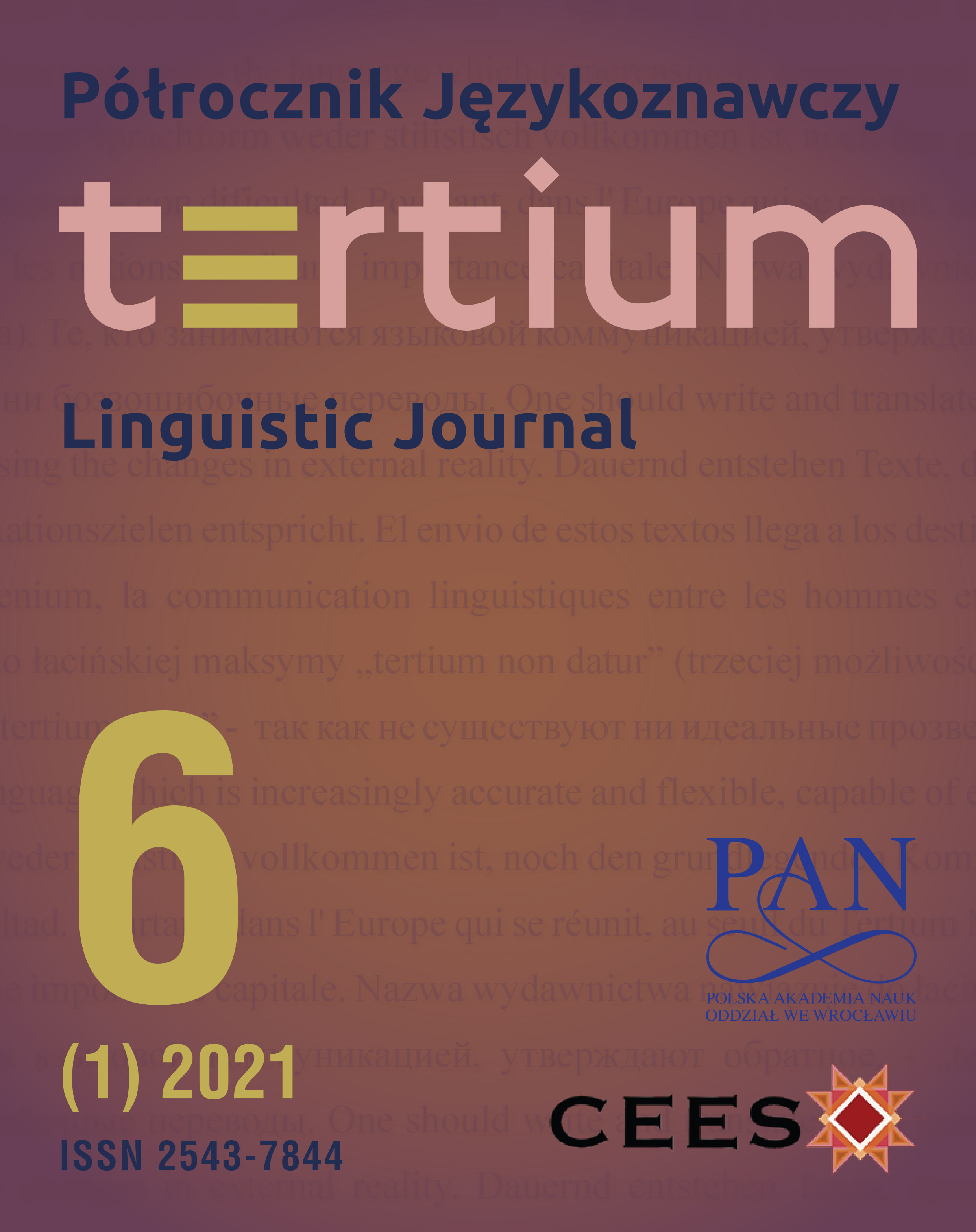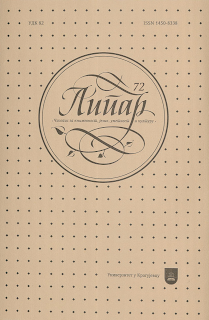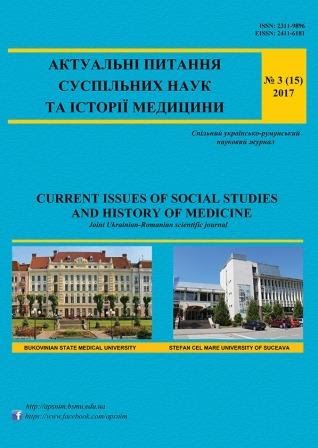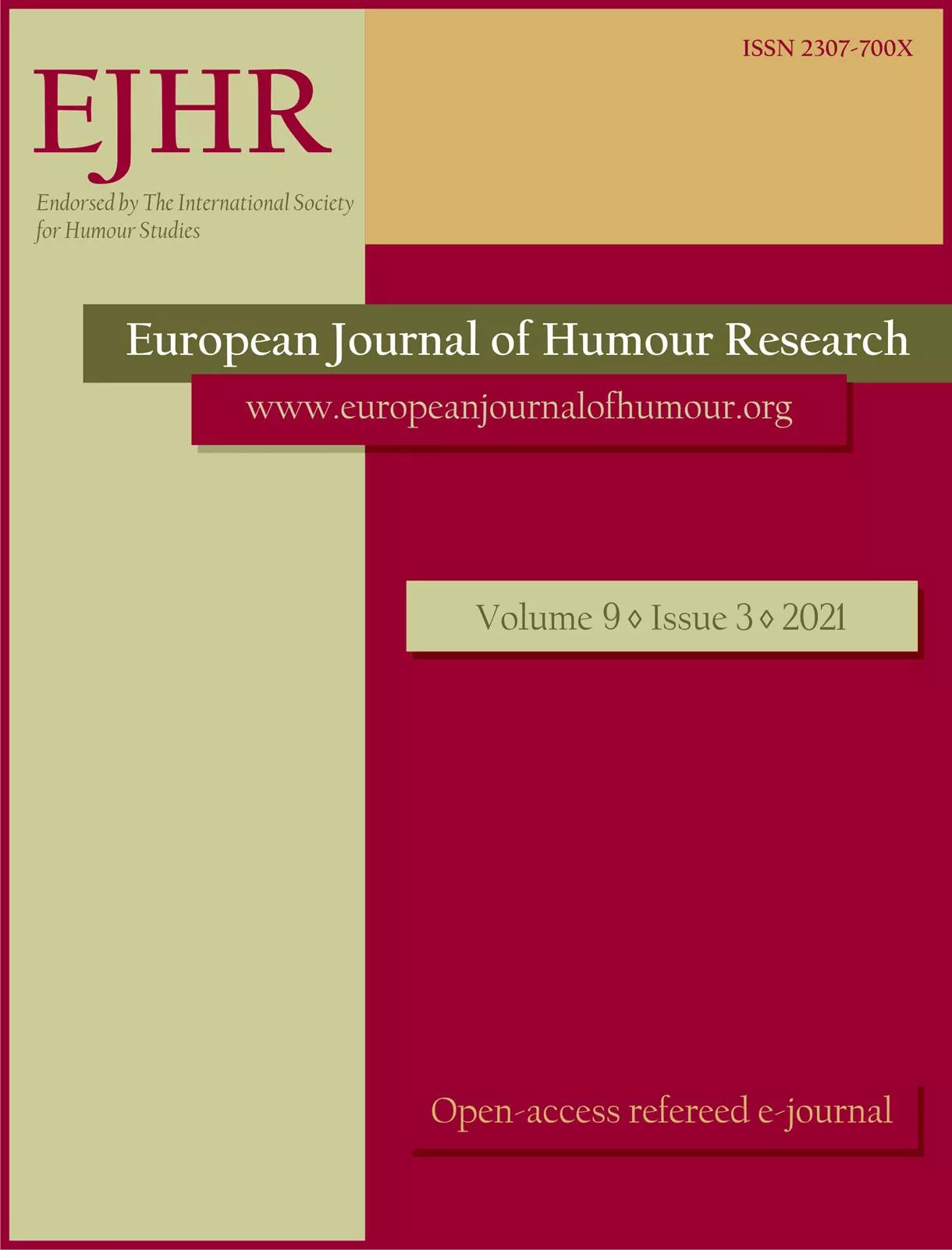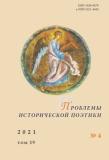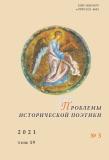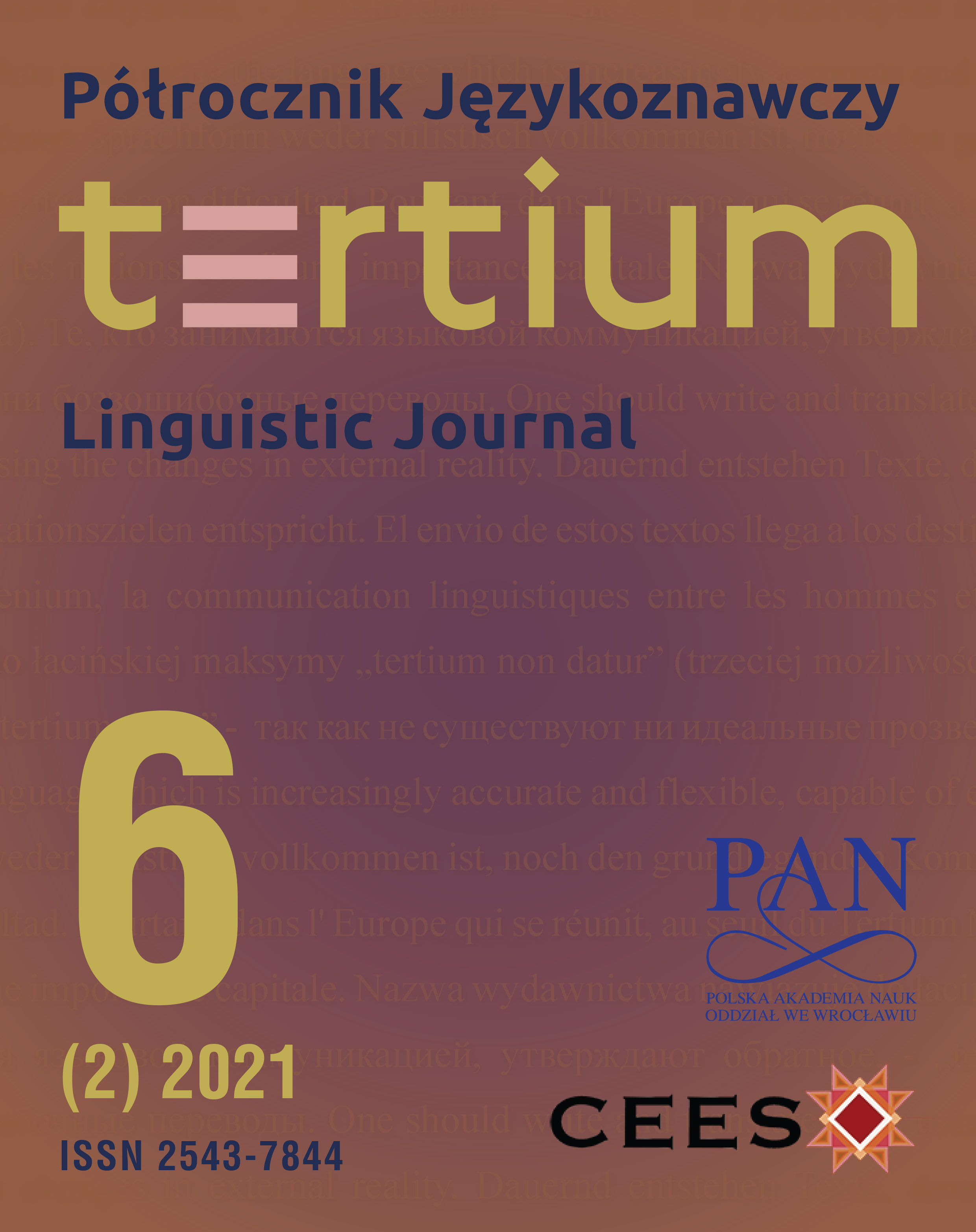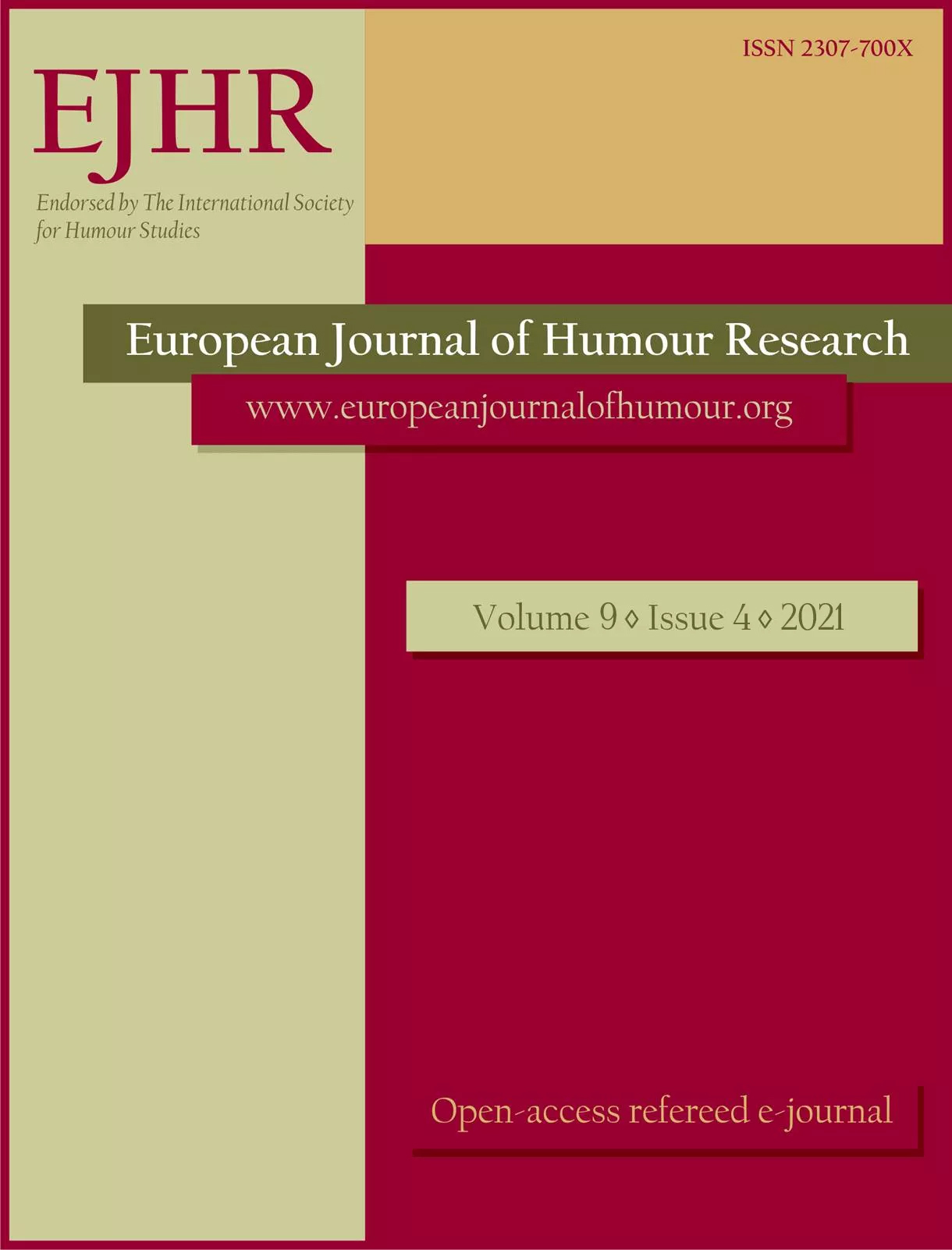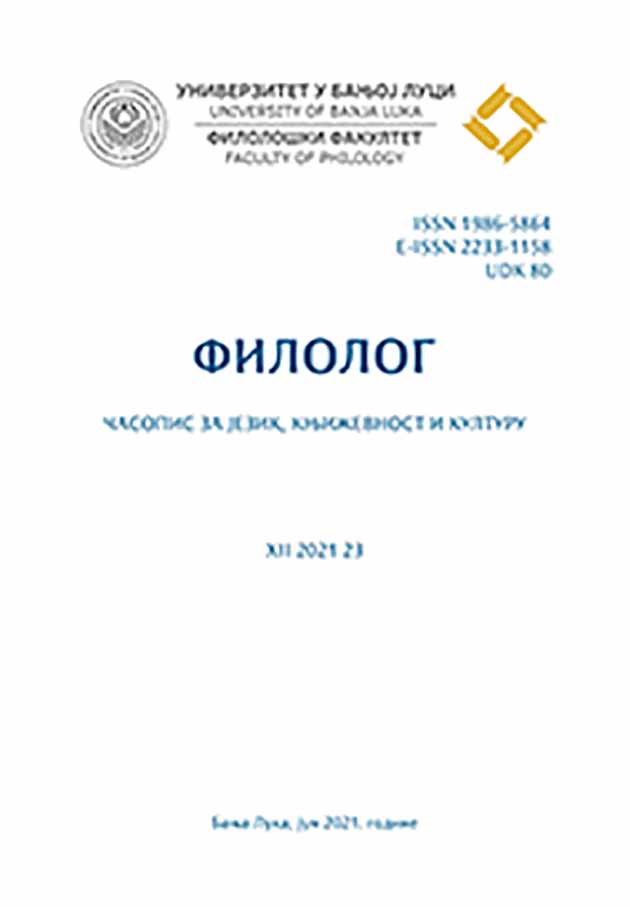
Каузалне конструкције С + генитив у руском у поређењу са српским у контексту језичке слике света
In this paper, we examine causal nominal constructions with the preposition S and the genitive in the Russian language in comparison with Serbian from the syntactic and semantic aspect. Comparing the given construction with a similar OT + genitive, we come to conclusions regarding the specific meaning of the examined construction. The given meaning can be called specific from the aspect of the Serbian causal system. The paper also points to other syntactic studies on the Russian language that draw attention to the specificity of the so-called „small syntax“ constructions.
More...
